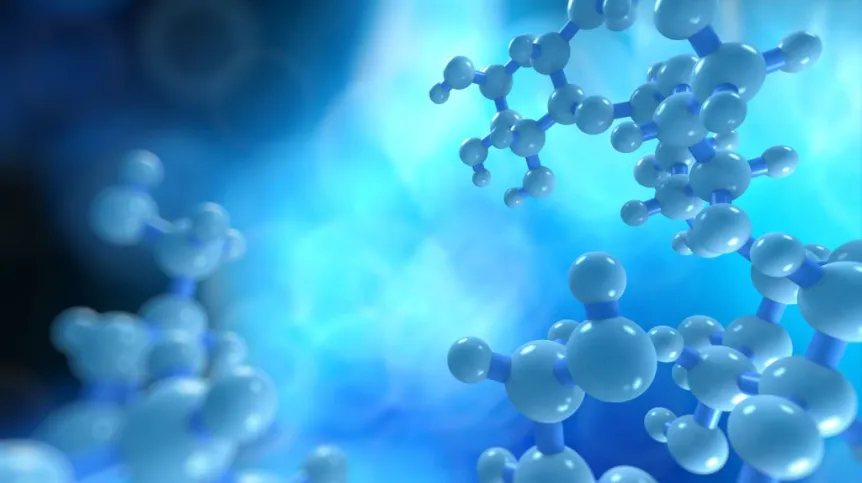
Nanoparticles, which can be connected with bacteria and fungi, and then removed with a magnet, have been obtained by scientists from Białystok. The invention will make it easier to get rid of bacteria from urine and saliva, quickly identify pathogens, and even purify water.
Scientists use nanoparticles with sizes of up to one billionth of a meter for various purposes. Research team from the University of Białystok and the Medical University of Białystok wants to use nanoparticles to capture pathogenic bacteria (Escherichia coli, Pseudomonas aeruginosa and Staphylococcus aureus) and fungi - yeast (Candida albicans).
"We have obtained nanoparticles with super-paramagnetic properties. This means that they gain their magnetic properties only when they are in the presence of a magnetic field, that is, when we place a magnet next to them. Then they undergo agglomeration - they connect with each other" - told PAP one of the authors of the invention, Dr. Agnieszka Wilczewska from the University of Białystok.
The nanoparticles are covered with special coatings that allow them to capture bacteria and fungi. "We modify them in various ways: using polymer coatings, gold coating, and then we examine how they affect individual organisms. We have already patented two types of nanoparticles, and now we conduct research on new ones" - described the researcher.
The method developed by scientists from Białystok allows to purify a solution by adding the nanoparticles, which will merge with pathogens. In this process, pathogen cell walls interact with the surface of nanoparticles. "Based on research, nanoparticles act strongly enough that the magnetic field can pull such systems to the walls of the vessel/magnet, so that we can gather them in one place, and then remove them" - explained Dr. Wilczewska.
This method of separation of microorganisms can be widely used in many fields of medicine and industry. "Bacterial and fungal infections are still a big problem. Therefore, we are looking not only for bactericidal or fungicidal substances, but also methods that would allow to remove these pathogens from the environment" - noted the researcher.
Magnetic separation can be used for the removal of bacteria from biological samples: urine, blood, cerebrospinal fluid, saliva and optionally for quick identification of pathogens collected on the nanoparticles during the separation. In addition, medical purposes include cleaning inhalation tubes, mouthpieces, dental prostheses, catheters, endoscopes and other reusable equipment that comes into contact with biological material.
"The method can also be used for industrial purposes, including water treatment, which can reduce treatment costs while maintaining or even improving the biological parameters of water. Here, however, it would be necessary to develop large scale technology" - admitted Dr. Wilczewska.
During the entire process, the nanoparticles are not destroyed, so they can be reused without losing their properties. "We can remove the bacteria and then reuse the nanoparticles. Whether it would be cost-effective, is a separate issue" - she added.
The method developed by the originator - Dr. Katarzyna Niemirowicz - and Prof. Halina Car of the Medical University of Białystok, Dr. Izabela Święcicka and Dr. Agnieszka Wilczewska of the University of Białystok has a patent protection in Poland.
The new method of removing bacteria and fungi, simpler and cheaper compared to previous methods, for the time being does not arouse interest. "We do not know how will the sale of rights go, whether anyone will be willing to purchase license. When we applied for a patent, the method was very new. But since then there have been many new publications in this field" - admitted Dr. Wilczewska.
PAP - Science and Scholarship in Poland, Ewelina Krajczyńska
ekr/ mki/ mrt/
tr. RL













